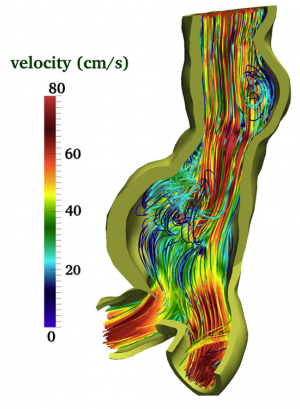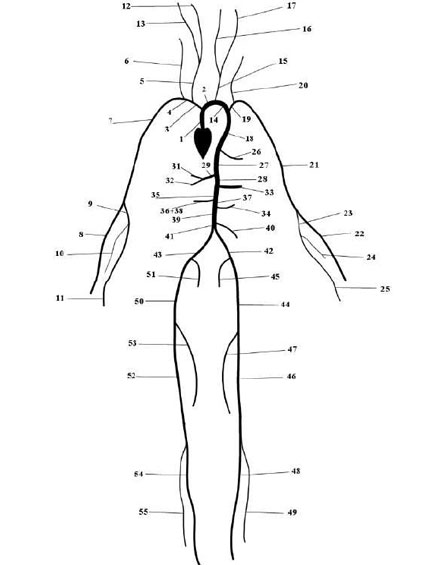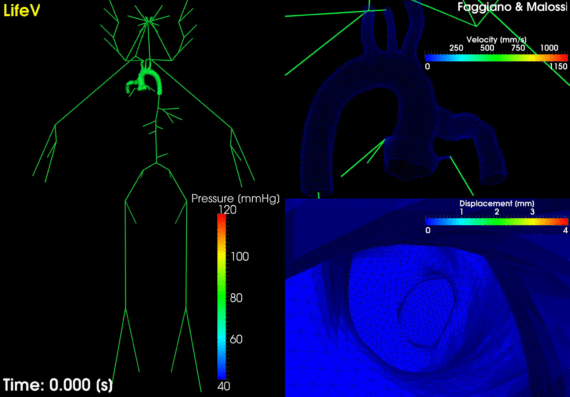The blood flow dynamics inside the human heart has been investigated till now by means of medical imaging techniques (echocardiography or MRI), as well as physical and computational models. However, the modelling of the fluid dynamics is still far from being satisfactory due to the complexity of the phenomena under analysis. The […]
Monthly Archives: January 2022
A key aspect of the heart modeling is the study of electrical activity, that triggers the heart contraction. A simple model considered is the Eikonal equation which provides the activation times. In view of the electro-mechanical coupling more sophisticated models have been used, in particular the Monodomain and the Bidomain models, which allow to compute also […]
The interaction between the blood and the deformable artery leads to a very complex coupled problem The solution of this fluid-structure interaction problem has been addressed by means of partitioned algorithms, whose convergence properties are in general very poor due to the high added mass effect characterizing the haemodynamic regime. A […]
To model a complex arterial or venous network, the use of one-dimensional models (1D) allows to recover a global description of the pressure propagation with a reduced computational effort The research focused on the numerical discretization of single 1D compartments with different schemes, such as the Taylor-Galerkin method, on the treatment of different […]
The geometrical multiscale approach consists in the coupling of spatial heterogeneous models for the description of the cardiovascular system. Usually, one considers 3D models (either in compliant or rigid vessels) to describe the portion of the system where a detailed description is needed (e.g., the ascending aorta, the carotids, …), 1D models for the description of […]




